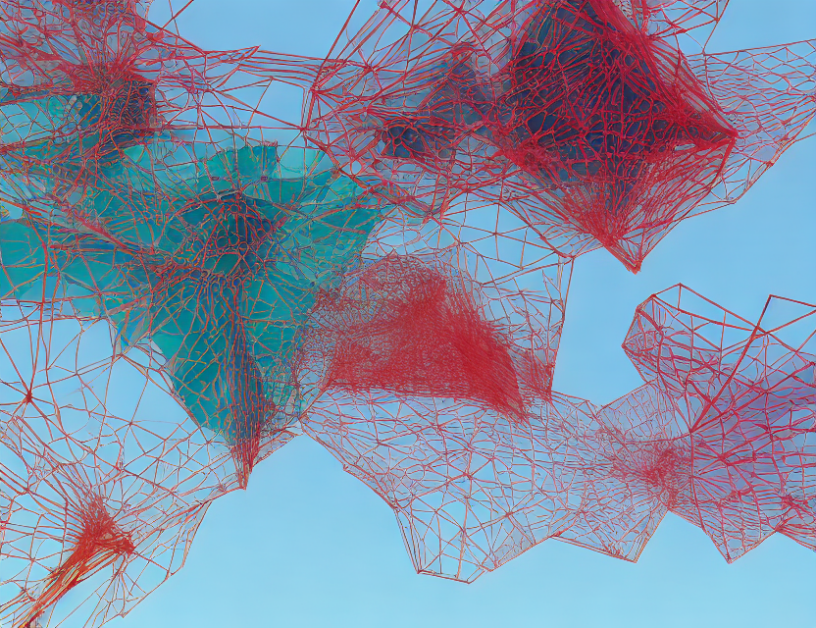In this article, researchers propose a novel approach to image captioning called "Zero-Cap," which leverages the power of contrastive learning and multimodal feature spaces to generate accurate and descriptive textual content for images. The authors aim to overcome the limitations of existing methods that rely on paired datasets and instead, focus on training models using unpaired data from the internet.
To achieve this, Zero-Cap employs a zero-shot learning framework that decouples the image feature extraction process from the text generation task. The model learns to generate text features by contrasting visual information with its corresponding caption in a multimodal feature space called CLIP. This approach enables the model to learn the relationships between images and texts without requiring paired data, leading to improved performance on unseen images.
The authors evaluate Zero-Cap on several benchmark datasets and show that it outperforms existing state-of-the-art methods in terms of accuracy and robustness. They also demonstrate the generalization capabilities of their approach by applying it to images from various domains and scenarios, including object recognition, scene understanding, and visual-semantic arithmetic.
One of the key insights of the paper is that Zero-Cap can learn to generate text features that are highly correlated with the image content but have low similarity to other features in the multimodal space. This allows the model to capture the unique characteristics of each image while avoiding overfitting or confusing the caption generation task.
In summary, Zero-Cap represents a significant advancement in image captioning research by demonstrating a zero-shot learning approach that leverages contrastive learning and multimodal feature spaces to generate accurate and descriptive textual content for images. The proposed method has broad applications in various domains, including object recognition, scene understanding, and visual-semantic arithmetic, and holds promise for improving the accessibility and usability of image captioning technology.
Computer Science, Computer Vision and Pattern Recognition
Unlocking Image Captioning with Synthetic Data and Latent Diffusion Models



